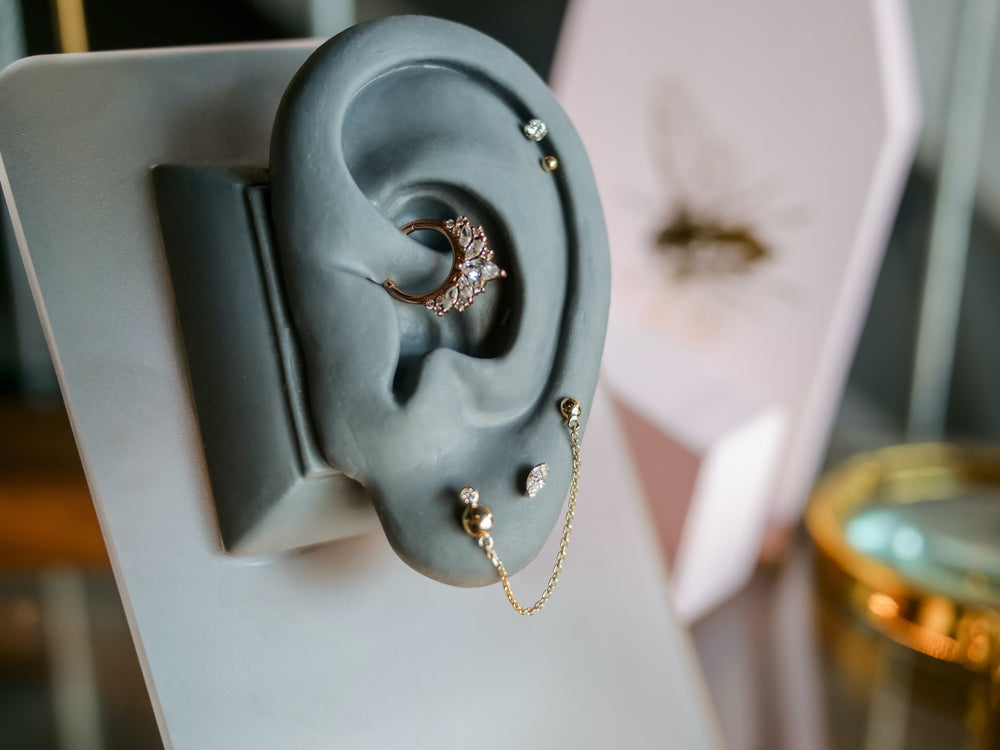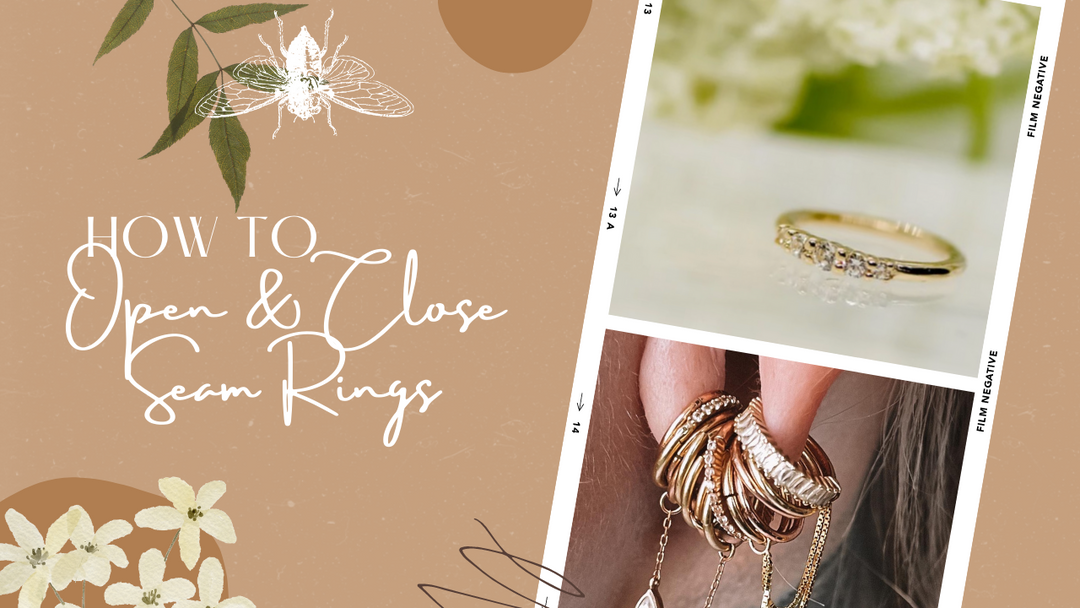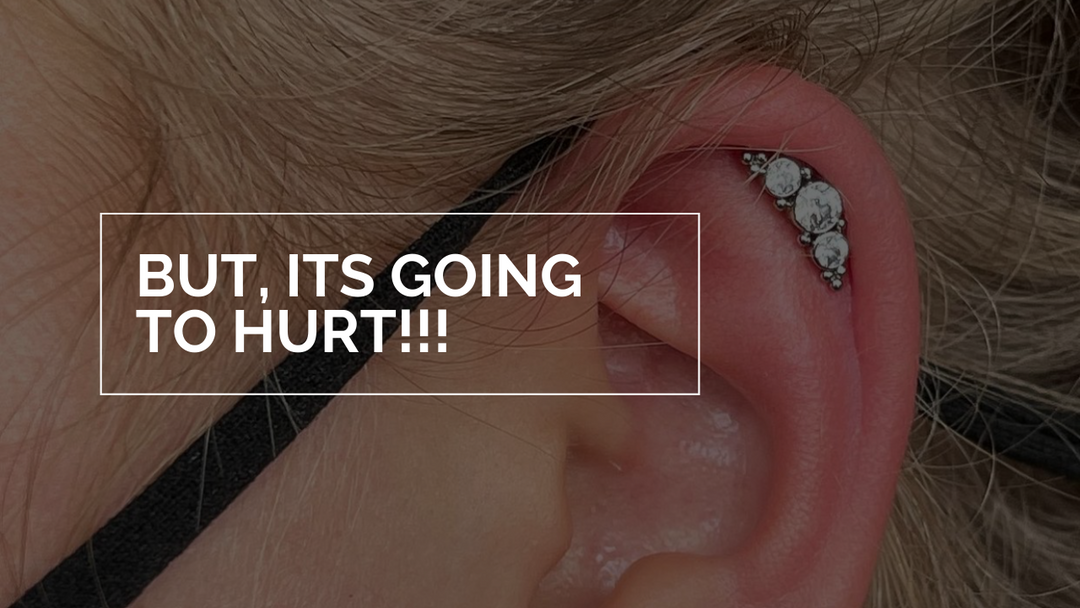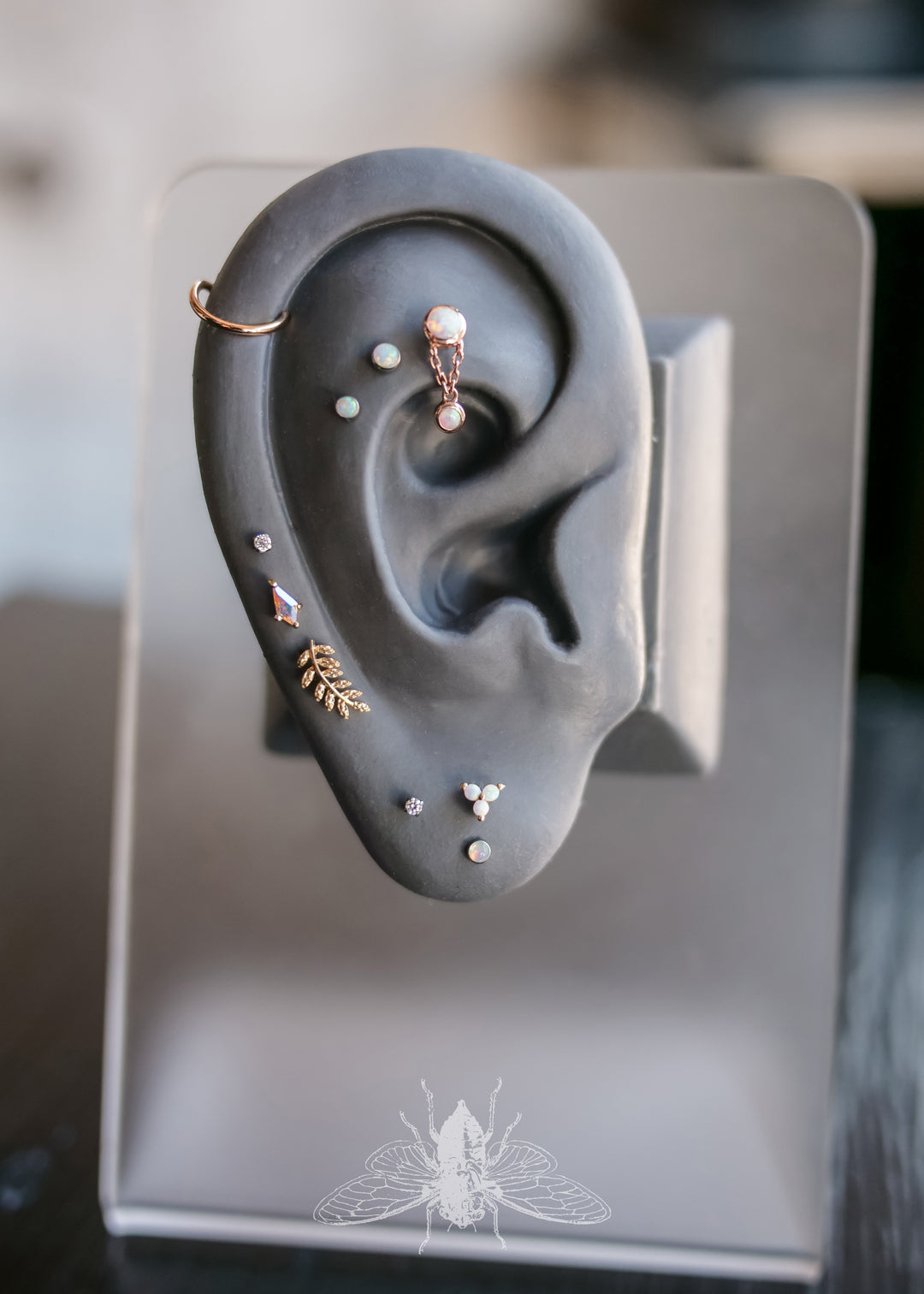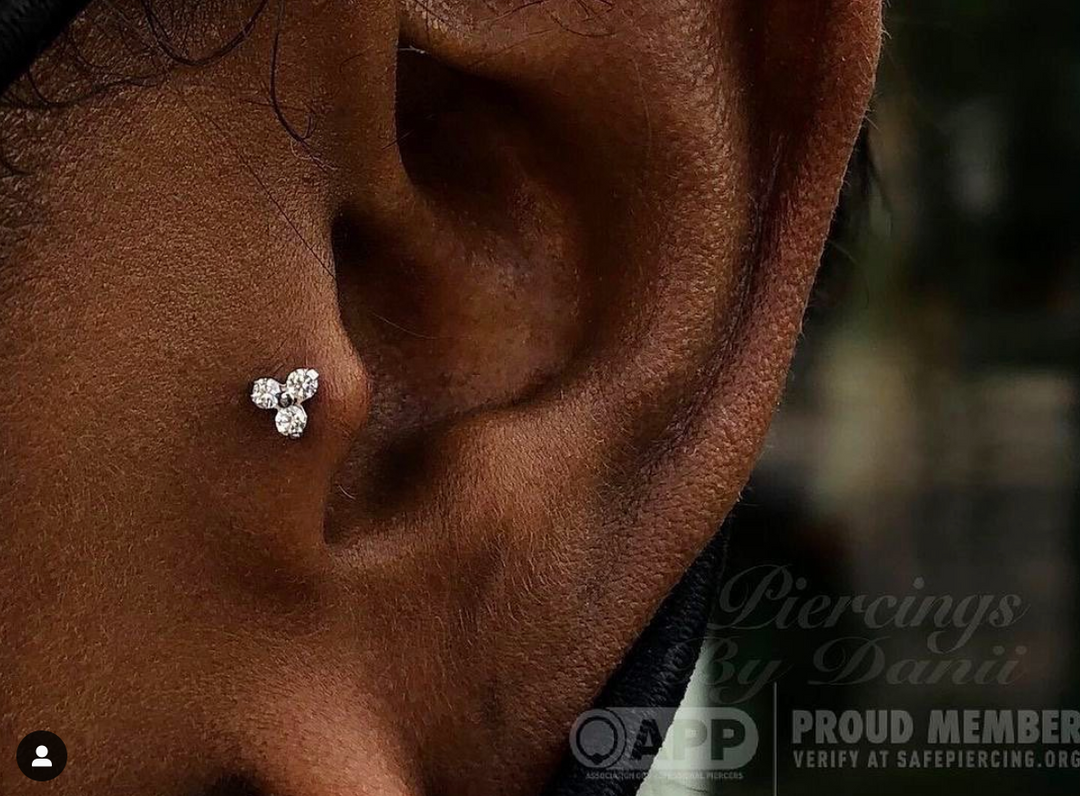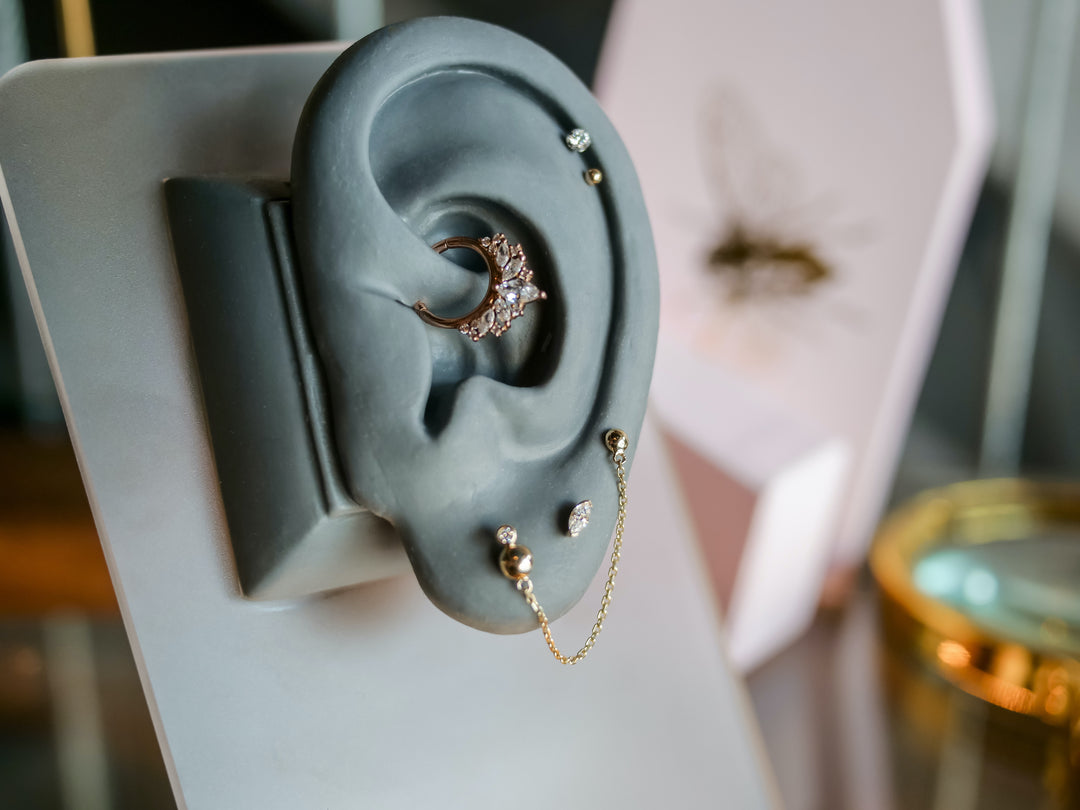When tattooing started becoming more common, almost all artists and shops used stainless steel tools and varying methods of sterilizing and/or disinfecting their machines and equipment, in more recent years the industry has been making significant changes. Everything from machines to piercing tools have been undergoing changes, and while some things have been almost universally implemented as the new norm - there are a few things that widely debated as being better or worse than the older equipment,
Disposable items are single use, pre-packaged and usually come from the distributor marked sterile.
During shipping, this label can become misleading if the packaging becomes wet, torn or damaged. Always make sure your artist inspects every item they open to make sure that there is nothing obviously wrong.
During shipping, this label can become misleading if the packaging becomes wet, torn or damaged. Always make sure your artist inspects every item they open to make sure that there is nothing obviously wrong.
The pro’s to disposable are obvious, the item is opened, used once and then immediately disposed of, thus preventing any risk of cross contamination.
The negative to this comes in the form of piercing tools more specifically then anything else - because it’s made to be thrown out, they are weak and flimsy and inaccurate. Things like Hemostats (see piercing tools) need to be strong and accurately made in order to not break or mislead the piercer.
Stainless Steel Piercing Tools are commonly used and are more often then not more reliable than their plastic counterparts, they are perfectly safe as long as they are handled correctly during the disinfection and sterilization process between clients
Items that should NEVER be reused
-
piercing or tattoo needles
-
gloves
-
ink caps
-
ink
-
drape sheets, barrier films, cling wraps, bandages
-
scalpel blades or razor blades, disposable scalpels
-
dermal punches
-
rinse cups
-
paper towels (NEVER allow a tattoo artist to use any towel that is not a disposable paper towel, no dish clothes or fabric)
-
disposable supplies like plastic tubes or needle cartridges
-
ointments like Vaseline, Petroleum jelly, Green Glide, etc
-
tongue depressors, tooth picks
-
markers used on broken skin
-
razors
-
deodorant (out of date but used to be used as a method of putting on a stencil)
DID YOU KNOW?
While it is commonly referred to as a disease associated to improper sterilization or dirty tattooing, HIV has never proven to have been transmitted through tattooing. While it is possible, it is deemed LOW RISK and there has never been a documented case in Canada or the United states
Source: https://www.cdc.gov/hiv/basics/transmission.html
